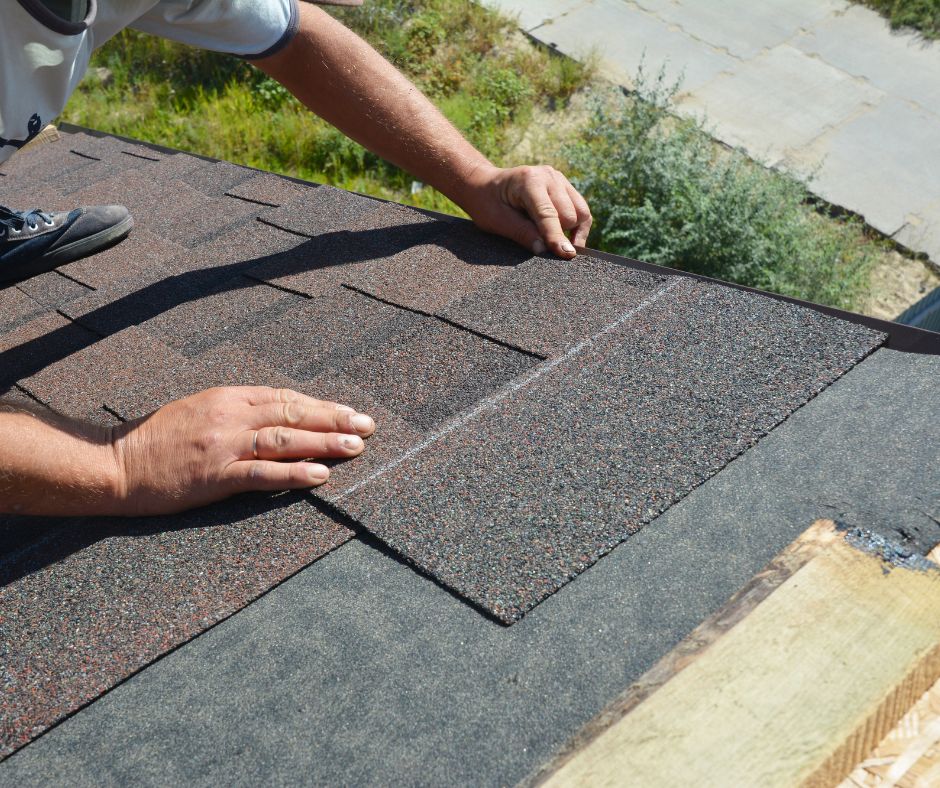Do you know what a roofing square is and why it’s essential in construction?
If not, you’re in the right place. In this article, as skilled roofing specialists, we will break down the definition of roofing square, its significance in the construction industry, and how it is used to estimate costs.
We will also debunk some common misconceptions surrounding roofing square. So, let’s dive in and unravel the mystery of this essential measurement in roofing projects.
Definition of Roofing Square
A roofing square is defined as 100 square feet of roofing material. It is a standard unit of measurement used in the roofing industry.
One of the advantages of using roofing square in roofing projects is its simplicity and efficiency. Using this unit, contractors can easily estimate the materials needed for a project.
Additionally, it helps in comparing prices and calculating costs accurately. It eliminates the confusion that can arise from using different units of measurement for roofing, such as square feet or bundles of shingles.
Utilizing a roofing square ensures consistency and precision in planning and executing roofing projects. It streamlines the process and allows better communication between contractors, suppliers, and clients.
Importance of Roofing Square in Construction
Using a roofing square in construction projects is essential for accurate material estimation, cost calculation, and efficient communication between contractors, suppliers, and clients. The benefits of using a roofing square in project management are numerous. Here are some reasons why it is crucial:
– Accurate measurements: Roofing square helps ensure precise measurements for roofing installations, avoiding wastage of materials and minimizing errors.
– Cost calculation: By accurately measuring the roof area, roofing square allows for more precise cost estimation, helping contractors and clients plan their budget effectively.
– Material estimation: With roofing square, contractors can determine the materials needed for the project, preventing shortages or excess inventory.
– Efficient communication: Using a standardized unit of measurement like roofing square facilitates clear and effective communication among contractors, suppliers, and clients, avoiding misunderstandings and delays.
– Increased productivity: Roofing square streamlines the construction process, saving time and effort and increasing productivity.
Calculating Roofing Square for Cost Estimation
To calculate the roofing square for cost estimation, you will need to determine the area of the roof.
By accurately calculating the roofing square, you can ensure that your cost estimates are precise and reliable. The roofing square is calculated by multiplying the roof length by its width.
This measurement gives you the total square footage of the roof, which is essential for accurate cost estimation.
Using the roofing square in project management offers several benefits. It helps determine the amount of materials needed, such as shingles or tiles, which aids in budgeting and procurement.
Additionally, it allows for accurate scheduling of labor and equipment, ensuring efficient project management.
By using the roofing square, you can improve the accuracy of your cost estimation and effectively manage your roofing projects.
Common Misconceptions About Roofing Square
One common misconception about roofing square is that it is only used for estimating the cost of materials and labor. However, several other misconceptions surrounding the roofing square need to be debunked to clearly understand its purpose and usage.
Let’s take a look at some of these myths:
- Myth 1: Roofing square is only used by contractors.
- Myth 2: Roofing square is the same as a regular square footage measurement.
- Myth 3: Roofing square is only used for residential projects.
- Myth 4: Roofing square is only used for calculating shingle quantities.
- Myth 5: Roofing square is not relevant for other roofing materials.
Keep learning about roofing with these posts:
